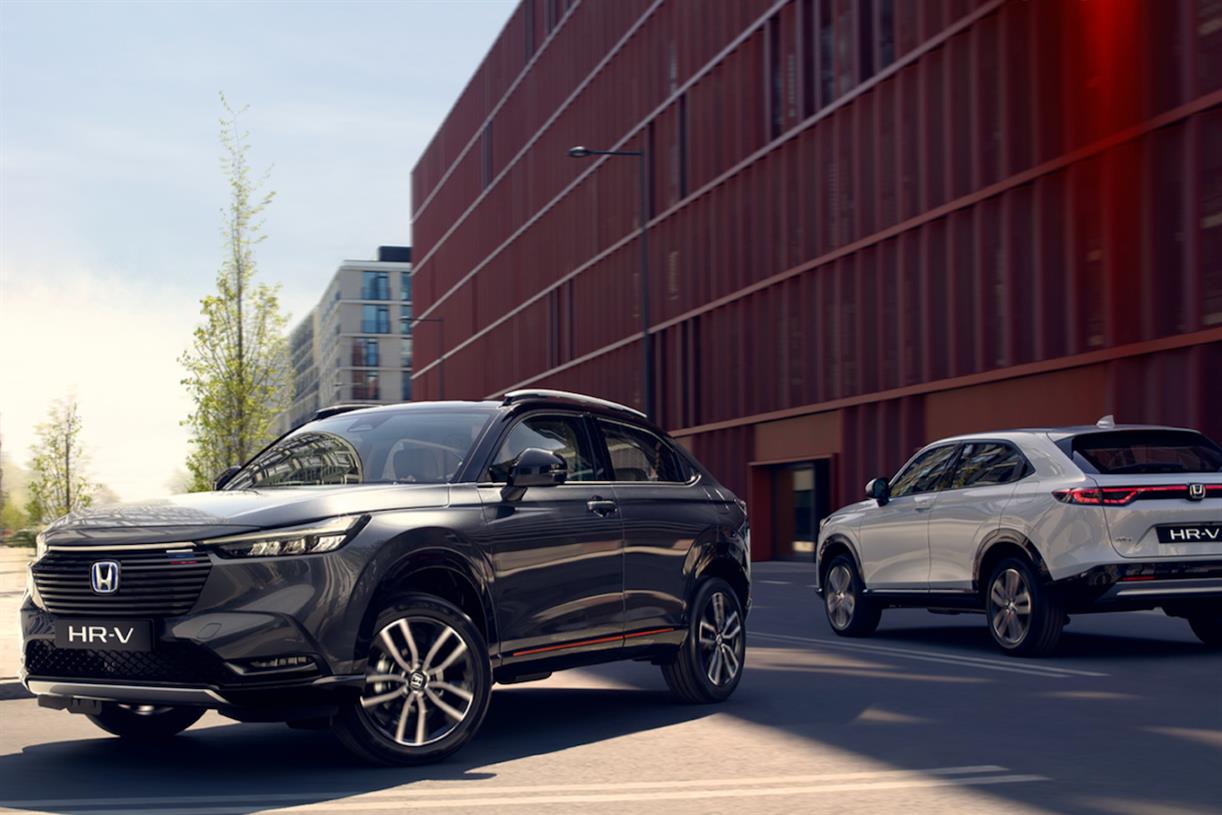Google Pixel 8A review: the sensible choice
At $499 with all the essential features, Google’s Pixel phone starts making sense. Continue reading…
/cdn.vox-cdn.com/uploads/chorus_asset/file/25451807/DSC07421_processed.jpg)
Hear me out: out of Google’s entire Pixel lineup, the A-series budget phone makes the most sense.
Sure, the Pixel 8A misses out on the fancier stuff, like a telephoto lens or the very highest rating for water resistance. It doesn’t fold in half. But it has two things working in its favor: time and money.
The Pixel 8A arrives six months after the Pixel 8 and 8 Pro, which works to its advantage. That’s enough time to let some of the early bugs shake out on the new OS and the dust settle on issues like “Which of these phones get on-device AI and which don’t?” Google eventually arrived at the correct answer a few months ago, which is all of them — Pixel 8A included.
As for the money, the Pixel 8A starts at only $499 in the time of $1,000 flagship phones. When you consider that it has almost all of the core features of the $799 Pixel 8, it starts looking like even more of a bargain. And with seven years of software updates promised? It’s hard to beat that kind of ROI.
The Pixel 8A comes with a sturdy aluminum frame and Gorilla Glass 3 on the front panel, like the 7A. The plastic back panel has a frosty matte finish, and I have great news about the new aloe color option: it rules. The 8A is rated IP67, meaning it’s totally dustproof and resistant to a brief dip in shallow water. That’s not too common in this class, and it’s a cut above the OnePlus 12R’s mere splash resistance.
I spent a few busy travel days using the Pixel 8A and never once had to think about the battery. Even with a lot more social media scrolling than usual, plus navigation and Uber rides, the battery still had plenty in the tank by the end of the day. Like its predecessor, the 8A comes with Qi wireless charging. I love to drop my phone onto a charging stand at the end of the day, and most budget phones won’t let you do this.
This year’s screen has been upgraded to a top refresh rate of 120Hz, matching the Pixel 8 and 8 Pro. Motion on the screen like scrolling and animations looks much smoother than on a standard 60Hz or even the 90Hz screen on the 7A, so this feels like an update with real impact. It’s a 6.1-inch 1080p OLED, and it’s not the very best screen in the class — that belongs to the OnePlus 12R. But the 8A’s display feels at least good enough in the era of high refresh rate screens.
Google Pixel 8A specifications
The Pixel 8A uses Google’s Tensor G3 chipset, as seen in the Pixel 8 and 8 Pro, coupled with 8GB of RAM — the same as the Pixel 8. That’s apparently enough to run Gemini Nano, Google’s mobile-optimized AI model, on-device, though you’ll have to switch it on as a developer preview option. Google limited this capability to the Pixel 8 Pro at first but later corrected course.
Right now, Gemini Nano lets a couple of AI features happen on-device, meaning you don’t need an internet connection and your data remains private. Right now, it’s limited to summaries for recordings and Magic Compose in Messages to change the tone of your writing.
Not very impressive at the moment, but Google claims it will expand on-device capabilities with Gemini Nano later this year, including a feature that alerts you when a caller might be trying to scam you. Better to have it than not, and the Pixel 8A will be one of the least expensive phones with on-device AI capabilities when that option becomes available. In the meantime, the Pixel 8A handled all of my day-to-day tasks without any problems.
The 8A is ready for on-device AI.
I’m happy to see that the Pixel 8A comes with one of the best quality-of-life updates from the Pixel 8 and 8 Pro: the ability to use face unlock for mobile payments and password managers. On previous Pixel phones, you could unlock your phone with your face, but if you wanted to pay for a latte, you’d have to verify again with your fingerprint.
It sounds like I’m making a lot out of a little thing, and maybe I am, but it just makes using the phone feel much more seamless. I don’t have to readjust my grip or set down whatever I’m holding in my other hand to verify my password manager; it just happens, and I appreciate it.
For day-to-day use, I think you’d have a hard time telling the Pixel 8A apart from the 8 or 8 Pro, but the differences are easier to spot when you switch to the camera app. There are two rear cameras, both carried over from the Pixel 7A, and for a budget phone, they’re quite good.
The main 64-megapixel camera offers optical image stabilization to help fend off blur from low-light shots, and there’s a capable 13-megapixel ultrawide. You don’t get a video portrait mode or macro mode, and you definitely don’t get a dedicated telephoto camera — those are scarce on budget phones, anyway.
Pixel 8A night mode (left) versus Pixel 8 Pro (right).
But what you do get is really darn good for a budget phone. The Pixel 8 Pro produced cleaner night mode photos when the aurora borealis made a rare appearance over Seattle, but overall, the 8A offers very good night and portrait modes. Plus, you get all of the helpful photo processing tricks Pixel phones have been doing for years (face unblur is a godsend for toddler photos).
There’s the new stuff, too, like Magic Editor and Best Take, if you really want to mess with the time / space continuum and use generative AI to mix and match expressions in your photos or replace the sky. I thought I’d use Best Take more often than I do in reality — I considered swapping my son’s facial expression with one from another photo, but I felt too weird about the results. They were just not quite right, and I’d have to live with the knowledge that it was a photo of a moment that technically never happened. Anyway, it’s there, and you can use it if you’re less queasy about that kind of thing.
A budget phone with great long-term prospects.
It feels like faint praise to call the Pixel 8A “good enough,” but when you’re measuring a budget phone against its much pricier peers, “good enough” is actually pretty darn good. The camera keeps up well enough even in some very tricky scenarios. The screen is smooth enough in a world of high refresh rate displays. You can certainly buy a $500 phone with a better screen or spend a bit more and get some worthwhile upgrades — especially in terms of camera hardware.
But the Pixel 8A really does stand alone in its combination of good enough features, price, and seven years of promised OS updates. There’s nothing essential missing, and what it lacks in flashy features, it makes up for in sheer ROI. And for someone who wants to get the most mileage out of a budget phone, it makes a lot of sense.
Photography by Allison Johnson / The Verge
Agree to Continue: Google Pixel 8, 8 Pro and 8A
Every smart device now requires you to agree to a series of terms and conditions before you can use it — contracts that no one actually reads. It’s impossible for us to read and analyze every single one of these agreements. But we started counting exactly how many times you have to hit “agree” to use devices when we review them since these are agreements most people don’t read and definitely can’t negotiate.
To use the Pixel 8, Pixel 8 Pro, or Pixel 8A, you must agree to:
The following agreements are optional:
Additionally, if you want to use Google Assistant, you must agree to let Google collect app info and contact info from your devices. Other features like Google Wallet may require additional agreements.
Final tally: five mandatory agreements and at least five optional agreements.

 Troov
Troov 
































